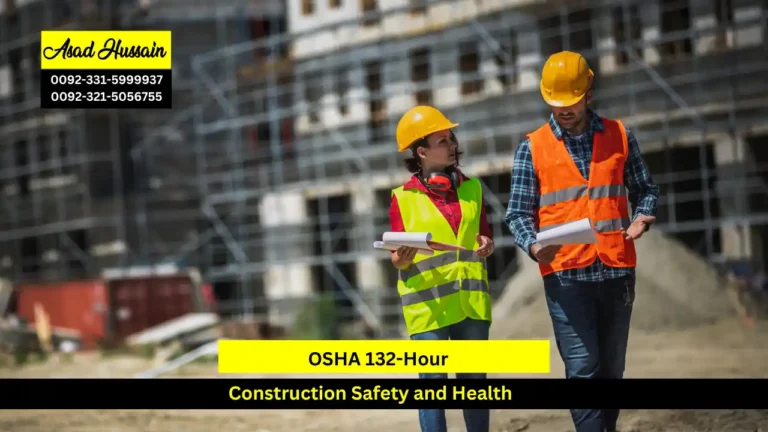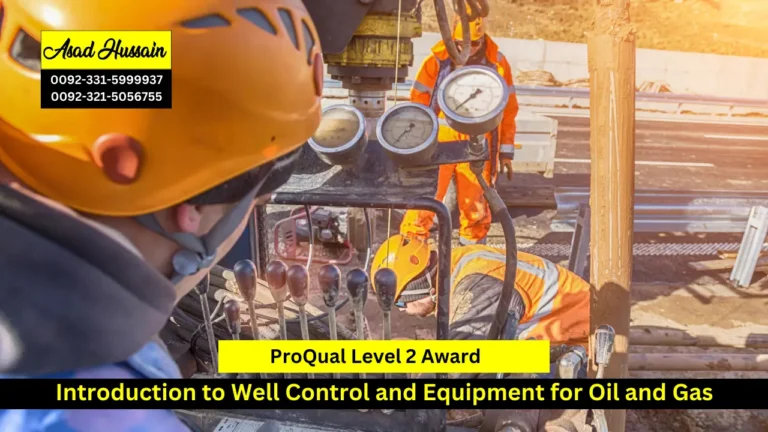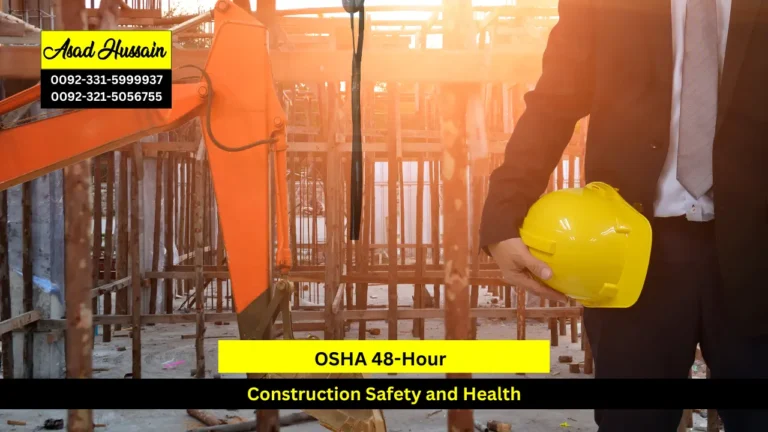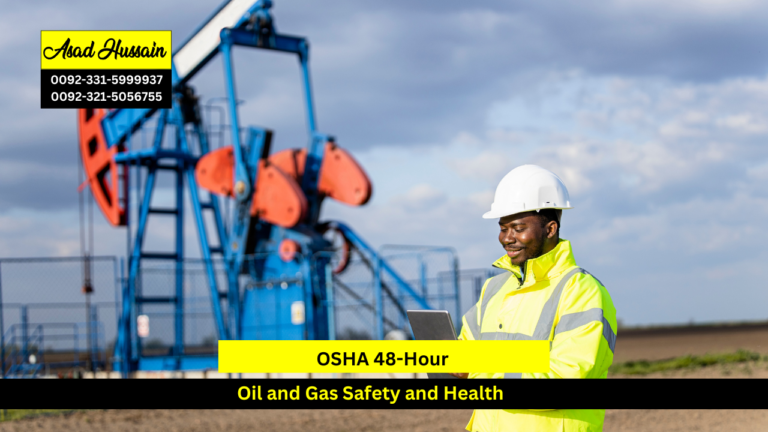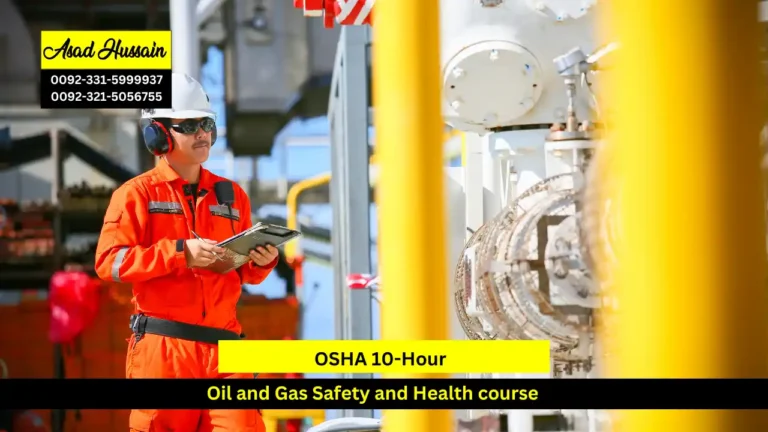In the high-stakes world of oil and gas, safety isn’t just a regulatory requirement—it’s a fundamental component of operational success. The OSHA 132-Hour Oil and Gas Safety and Health course stands as a comprehensive training program designed to equip professionals with the knowledge and skills necessary to manage and mitigate safety risks in this demanding sector. Here’s an in-depth look at what this course offers and why it’s a critical investment for those involved in the industry.
The OSHA 132-Hour Oil and Gas Safety and Health course is an extensive training program developed by the Occupational Safety and Health Administration (OSHA) to address the unique safety and health challenges faced by the oil and gas industry. This course spans 132 hours of instruction, providing a thorough exploration of the safety protocols, regulatory requirements, and best practices specific to this sector.
Program Highlights
Mandatory Units
- Understand Advanced OSHA Regulations and Standards
- Advanced Hazard Identification and Risk Assessment
- Process Safety Management (PSM)
- Emergency Preparedness and Response Planning
- Health and Environmental Hazards
- Leadership and Safety Culture
- Advanced Personal Protective Equipment (PPE)
- Safety Training and Education
- Contractor and Vendor Safety Management
- Regulatory Compliance and Auditing
Basic Education
- High School Diploma or Equivalent: Participants are typically required to have at least a high school diploma or its equivalent. This ensures that attendees have a foundational level of education to comprehend the course material effectively.
Work Experience
- Relevant Work Experience: Although not always mandatory, having prior work experience in the oil and gas industry or a related field can be beneficial. This experience helps participants relate course concepts to real-world scenarios and enhances their learning experience.
Industry-Specific Knowledge
- Familiarity with Industry Terms: A basic understanding of industry-specific terms and practices can be helpful. The course may cover specialized topics that require some prior knowledge of oil and gas operations.
Health and Safety Background
- Previous Safety Training: While not always required, previous safety training or certification (such as OSHA 10-hour or 30-hour training) can be advantageous. This foundational knowledge helps participants grasp advanced safety concepts more effectively.
Language Proficiency
- English Language Skills: Proficiency in English is necessary, as the course materials and instruction are typically conducted in English. Participants should be able to read, write, and understand technical language related to safety and health.
Technical Requirements
- Access to a Computer: For online or hybrid versions of the course, participants need access to a computer with a stable internet connection. Familiarity with online learning platforms may be required.
Commitment to Course Duration
- Availability: The course requires a significant time commitment, spanning 132 hours. Participants should ensure they have the availability to complete the course within the specified time frame.
How to Prepare
- Review Course Materials: Familiarizing yourself with the course outline and materials before starting can help you better understand what to expect.
- Consult with Employers: It’s a good idea to discuss your intention to enroll with your employer, especially if the course is part of your professional development plan.
Understand Advanced OSHA Regulations and Standards
- Interpret Complex OSHA Regulations: Demonstrate a thorough understanding of advanced OSHA regulations and standards specific to the oil and gas industry.
- Apply Regulatory Requirements: Apply OSHA standards to various operational scenarios, ensuring compliance with safety and health regulations.
- Evaluate Regulatory Changes: Stay informed about recent changes in OSHA regulations and their implications for the industry.
Advanced Hazard Identification and Risk Assessment
- Conduct Comprehensive Hazard Assessments: Identify and assess advanced hazards in oil and gas operations, including those related to chemical, mechanical, and environmental risks.
- Implement Risk Mitigation Strategies: Develop and implement effective risk management strategies to mitigate identified hazards.
- Utilize Advanced Assessment Tools: Use advanced tools and techniques for hazard identification and risk assessment.
Process Safety Management (PSM)
- Understand PSM Principles: Explain the principles and components of Process Safety Management (PSM) and its importance in the oil and gas industry.
- Develop PSM Programs: Create and manage PSM programs to ensure the safe operation of processes involving highly hazardous chemicals.
- Evaluate PSM Effectiveness: Assess the effectiveness of existing PSM programs and recommend improvements.
Emergency Preparedness and Response Planning
- Design Emergency Response Plans: Develop comprehensive emergency response plans tailored to various scenarios, including fires, spills, and explosions.
- Conduct Drills and Simulations: Organize and conduct emergency drills and simulations to test the effectiveness of response plans.
- Evaluate and Revise Plans: Review and revise emergency preparedness plans based on lessons learned from drills and actual incidents.
Health and Environmental Hazards
- Identify Health Hazards: Recognize and evaluate health hazards associated with oil and gas operations, including exposure to toxic substances and ergonomic risks.
- Assess Environmental Impacts: Analyze the environmental impacts of operations and develop strategies to minimize adverse effects.
- Implement Health and Environmental Controls: Apply controls and practices to manage health and environmental risks effectively.
Leadership and Safety Culture
- Promote Safety Leadership: Exhibit leadership skills in fostering a strong safety culture within the organization.
- Develop Safety Culture Initiatives: Implement
The OSHA 132-Hour Oil and Gas Safety and Health course is tailored for professionals deeply involved in the oil and gas sector who are responsible for managing safety and health protocols. This includes safety officers, health and safety managers, field supervisors, and operations managers who need to enhance their expertise in advanced safety management. It is also ideal for safety trainers seeking to deepen their understanding of industry-specific regulations and best practices, as well as for professionals responsible for contractor and vendor safety management. The course is designed for those who are committed to elevating their organization’s safety culture and ensuring regulatory compliance while addressing the unique challenges posed by the oil and gas industry.



